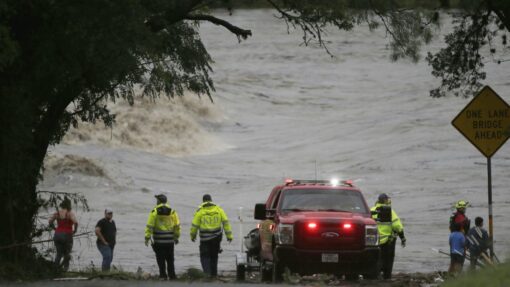Australia reaches two-year pandemic mark
Georgie Moore |
Two years to the day since Australia’s first confirmed COVID-19 case, authorities hope Omicron outbreaks have peaked amid ongoing shortages of rapid antigen tests.
The country recorded a cumulative 40,681 new infections and 58 additional deaths on Monday.
But there is optimism daily infection tallies have plateaued, particularly in NSW.
Federal Health Minister Greg Hunt declared infections had peaked in NSW, Victoria, the ACT and South Australia.
NSW Chief Health Officer Kerry Chant also expressed optimism the virus spread in that state appeared to be slowing and the situation stabilising.
It reported 15,091 new cases and 24 deaths on Monday, while Victoria recorded 11,695 infections and 17 deaths.
Another 13 people died in Queensland, which reported 10,212 new cases.
In South Australia, there were 2009 cases and two deaths. The ACT recorded 756 cases and two deaths.
There were 619 new cases in Tasmania, 286 in the Northern Territory and 13 in Western Australia.
Tuesday marks two years since Australia confirmed its first COVID-19 infection – on January 25, 2020 – in a man who flew from China to Melbourne.
Meanwhile, concession card holders have become eligible for 10 free rapid antigen tests from pharmacies over a three-month period.
But Pharmacy Guild of Australia president Trent Twomey said widespread supply shortages meant many pharmacies would be unable to keep up.
The federal government sought to pin the blame on people and companies hoarding tests.
Deputy Prime Minister Barnaby Joyce was forced to apologise for claiming Australians weren’t dying from COVID-19.
He went onto say the country’s Omicron fatality rate was remarkably low compared with the Delta outbreak.
AAP


